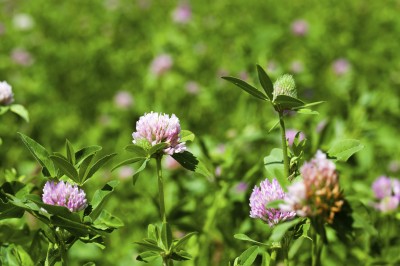






Wildflowers are interesting plants that add color and beauty to the natural landscape, but they may have even more to offer. Many of the native plants we take for granted are edible, and some are surprisingly tasty.
No matter how harmless it looks, however, you should never eat a wildflower unless you are absolutely certain the plant is non-toxic. In some cases, the leaves, blooms, berries, stems or roots may be poison – or even deadly.
Common edible plants and wildflowers you can eat include:
Educate yourself about wildflowers before you begin harvesting edible native plants. Harvest only as much as you need, and never harvest wildflowers that are rare or endangered. Some edible plants that grow in the wild are legally protected.
It is often illegal to pick wildflowers on public lands. Similarly, if you plan to harvest wildflowers from private property, always ask the landowner first.
Avoid plants that may have been treated with herbicides or insecticides. For example, eating plants you find along the roadside generally isn’t a good idea because strips of land adjacent to highways are usually sprayed. Additionally, plants growing along busy highways are contaminated by harmful auto emissions.
Learn About The Safety For Indoor Gardens
Learn about the Ideas to Install LED Grow Lights Properly
Learn How To Grow A Garden Organically
What Is Air Layering: Learn About Air Layering Plants
What Is A Volunteer Plant: Learn About Volunteer Plants In Gardens
Garden Fitness: Learn About Exercise In The Garden
Plants For Pollinators: Learn About Pollinator Friendly Plants
Copyright © www.100flowers.win Botanic Garden All Rights Reserved